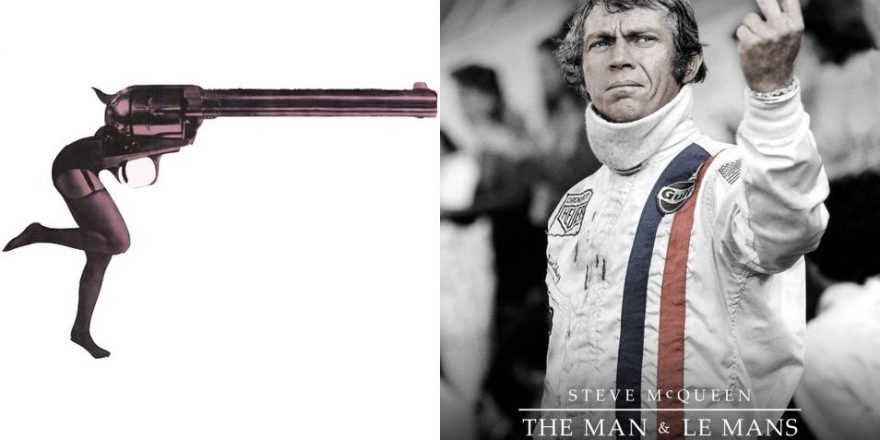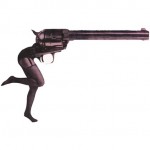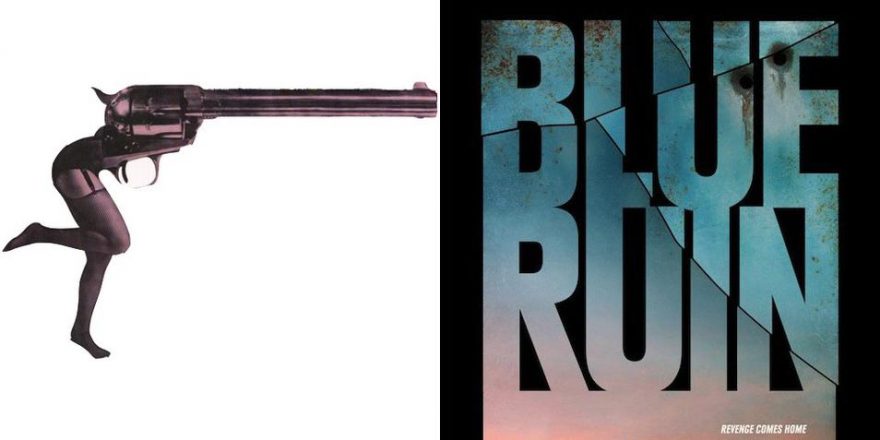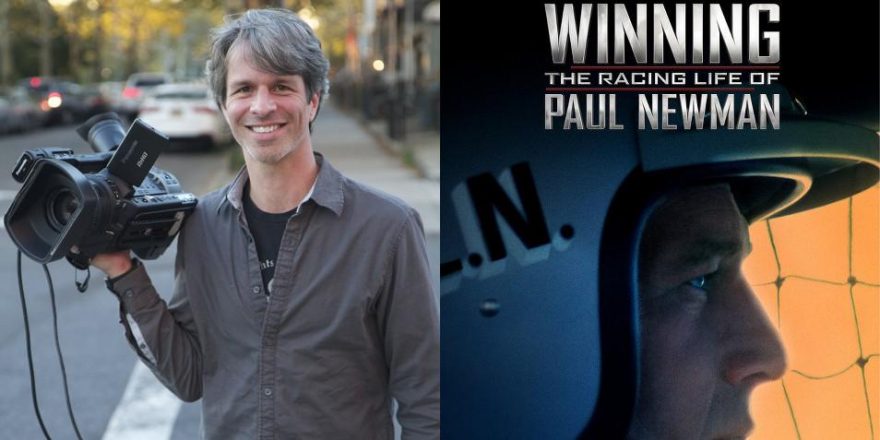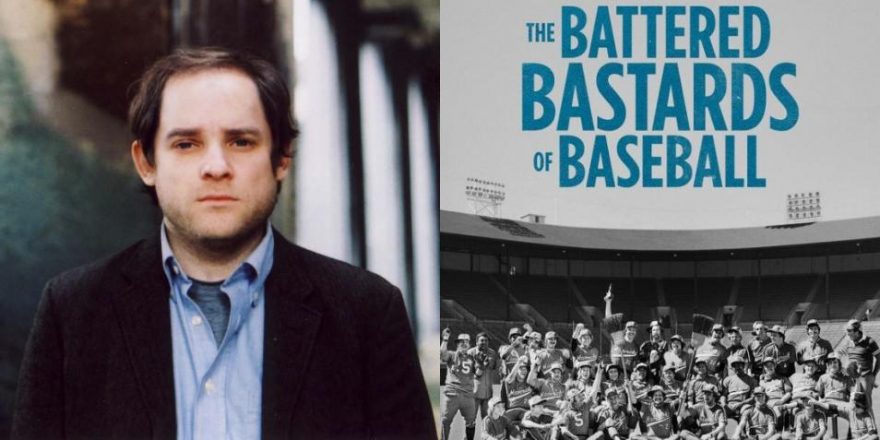One of my hobbies is collecting wrist watches. Mechanical timepieces are rare nowadays, and can get pretty pricey, not the kind of thing a low-budget indie actor can afford. Even with my limited means, they’re fascinating, a marriage of design and engineering, an original gadget, an indispensable tool that must be exact and yet can be a blank canvas for an artist. They function based on a set of principals and rules discovered hundreds of years ago, every small advance considered a momentous success.
About seven years ago, I made money for the first time in my life. Real money. It only happened once, but I got hired to do some acting and the resulting fee was astronomical, more than I’d ever made or have made since. It was five figures. I’d been a professional actor for a few years, lucky to get some cool breaks working with pals, and I had always lived within my means. That often meant a lot of instant ramen and renting a room under the I-405 overpass for a few hundred bucks. I was free, I was working and I didn’t need anything. I was 25.
After doing this gig, I subsequently bought gifts for family and new tires for my deathtrap of a subcompact and had a couple thousand bucks left over. Flush, I daydreamed about what I could do with the money, and relished the thought that I’d finally arrived. There was no going back. I’d make more and more, maybe even six figures. These thoughts paraded through my head as I strolled down a posh Santa Monica street one sunny afternoon, coming from a particularly disastrous audition. Didn’t they know I was a big-time player now? I kicked imaginary cans for a while until I looked up just as I passed a pawnshop. In the window was a watch.
I’d never known a thing about fancy watches. My dad wears a Seiko his folks got him for his graduation 50 years ago. I’d never worn one in my life. Still, I knew this watch. It was blue and square and had little white sundials and pushers on the end for stopping time. It was the same model Steve McQueen wore in Le Mans, a Heuer “Monaco,” and it was iconic. I stared in the window of the pawnshop for a while, knowing the same model was on the wrist of a guy who put up his class, his stardom, his family to make a film about something meaningful to him: racing cars. In the midst of the most successful career in Hollywood, McQueen spearheaded a passion project that has become as iconic today as it was disastrous then.
Seeing that watch made me think not just of the King of Cool but what he stood for with that film, that Sisyphean journey of real sweat and blood and smoke that solidified a fearlessness which translated into all his roles. A few minutes later, I’d haggled the shopkeep down to what I had left over from my big gig and strolled out with the Monaco strapped to my wrist. By the time I got in my car, I was sweating bullets and hightailed it back, a textbook case of buyer’s remorse. Pawnshops don’t take returns. Final sale. So here I was, 25 and broke, a chunk of steel ticking away on my wrist, reminding me of how fucking cool I could be if I just took some risks.
Here I was, 25 and broke, a chunk of steel ticking away on my wrist, reminding me of how fucking cool I could be if I just took some risks.Veteran racecar driver David Piper, interviewed in Steve McQueen: The Man & Le Mans, says, “There’s nothing very glamorous about racing, except when you’re winning.” The same could be said for filmmaking, and surely acting. While McQueen was a badass at the top of the Hollywood hierarchy, he always retained the inferiority complex that many artists suffer from. He famously would lash out, immodest and brazen, tempting danger by testing the boundaries and speed of cars, motorcycles and women. Through all of this, McQueen won. Like many stars, he founded a production company, and reaped the benefits of having the kind of control he yearned for. “I like producing as long as I’m acting, because I think the ultimate is to have creative control,” he said. He said he liked producing because it meant “they have to deal with me.”
At the height of his career, McQueen endeavored to marry his career and his passion in a film about the famous 24 Hours of Le Mans, an annual endurance race in the French countryside. From its onset, the movie was rife with challenges, tragedies and constant struggles, but rarely was it out of the control of its star and producer. There was incredible strain on McQueen’s relationship with longtime collaborators, including director John Sturges, the man who arguably helped create McQueen the icon in movies like The Great Escape and The Magnificent Seven.
Conceptualized and shot during 1969-1970, Le Mans straddles the line between old-school spectacle and counterculture liberalism that took hold as part of the American New Wave. Featuring a truly innovative filming style, which ranged from legitimate cinéma vérité to constructing a three-camera film car from an actual proven race car, it has as much in common with Medium Cool as it does with Grand Prix. Before unceremoniously quitting during production from the frustration of a lack of a script and organization, Sturges said, “We want to adjust our story to the way things happen that we actually photograph.” The cast was mostly actual drivers, filled out with Europeans, the only recognizable face McQueen’s.
There’s a certain schadenfreude we feel watching films like Lost in La Mancha, Lost Soul and Burden of Dreams. While we don’t feel a huge amount of sympathy for the egomaniacal, cheating McQueen, The Man and Le Mans makes a convincing case that it wasn’t his hubris which led to the issues, but rather the very heartfelt ambition of a man who wanted to share his love with his audience. At one point, the film touches on what McQueen said was supposedly the only book he’d read, a biography of Alexander the Great. Sure, he wanted to conquer, but he also understood the responsibility of leading the endeavor.
That pressure of making Le Mans led to him falling out with his director, his producing partner, and arguably his wife – and a film whose script remained in flux even after most of it was shot. Still, from his own personal experience the year before racing at Sebring (another endurance race), McQueen knew his character had to lose in the film, something he could never do in real life. That aspect of safely being vulnerable, aware of his own limits, humanizes McQueen through the experience. Like the wonderful recent Brando documentary Listen to Me Marlon, this film uses audio recordings of McQueen at his most honest to combat the aggrandizing we’ve given to him as a culture and he propagated himself. Facing his own mortality while dying of cancer, McQueen states that he could’ve come down with it from asbestos or pressure, the latter of which he practically blames himself for.
After picking up my “McQueen” Monaco, I felt an obligation to understand what I’d purchased. It wasn’t enough to leave something for a child or resell it when things got lean. It no longer was an imaginary representation of a groovy dude, a lion of cinema, it was mine. As it turned out, the mechanics of watches began to draw my attention, the intricacy of how they work with myriad moving parts and precision as part of the deal. They’re not unlike cars, machines designed to enthrall inside and out, and push the buttons of our adolescent obsession with gadgets and gizmos.
While my little collection grew, I’ve never acquired another watch with the provenance and value, literally and figuratively, of the Monaco. On the geeky Internet forums where guys like me discuss watch movements and dials and millimeters, I’ve managed to buy and sell some really cool watches, all within my meager means. The Monaco remains with me. Never once, even the times over the past few years where I’ve been back on ramen, have I considered selling it. I wear it rarely, on special occasions when I need to be reminded that ambition and humility are so very close, much like The Man and Le Mans.


